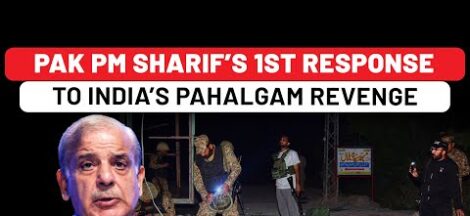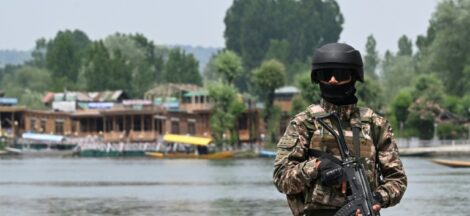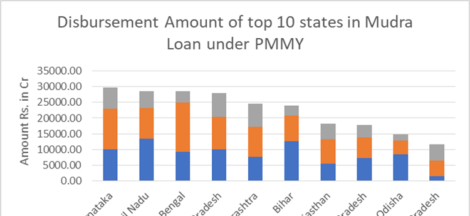NEW DELHI: A day after the patent controller issued the first compulsory licence in the country to Natco Pharma, top domestic drug firms are gearing up to seek a change in the mechanism through which a compulsory licence is granted in India. The Indian way of granting a compulsory licence is unique as the process gets activated only when a generic drug maker shows interest in manufacturing and marketing a patented drug and requests permission.
Contrary to this, the governments of most other countries, such as Brazil and Thailand, where the clause of compulsory licence has been invoked suo moto appraise the portfolio of patented drugs, identify the names of critical patented drugs and then invite generic drug makers to manufacture such drugs.
Top domestic drug makers now plan to urge the health ministry to study these models and identify a set of patented drugs which remain either unaffordable or inaccessible to the general population in consultation with the department of industrial policy and promotion (DIPP). In the suggested framework, the health ministry could then release a list of such drugs in a notification for which compulsory licence clause should be invoked. “The interested generic drug makers in that case can apply to the patent office and the controller under Section 92 of the patent Act shall have to grant a licence. This would be different from Section 84 which was invoked in the ‘Nexavar’ case,” said Indian Pharma Alliance secretary general DG Shah. Procedure such as this demands initiative from the government’s side rather than the generic industry.
Shah said that the litigation cost that Natco has incurred in this case cannot be recovered in five years by selling the drug in the market. “And there is every likelihood that the case would be contested further adding to the litigation cost,” added Shah.
A modification of such nature would take India closer to the model that Thailand and Brazil have adopted. India’s case however, remains fundamentally different. One of such difference is that in case of other international examples, the drugs brought under compulsory licences have been procured by the government rather than getting sold in the retailed market. These dynamics would have to be studied by the government in detail before it can take a call on which method serves the Indian context better. Some experts advocating in favour of invocation of compulsory licence such as Leena Menghavey of MSF Access Campaign however consider the precedent India has set as ‘brilliant’ and ‘likely to be more objective’.
“When a decision is taken by the patent office on a case to case basis on a technical matter, it is likely to be divorced from political consideration and influences of corporate interest and therefore we think India has shown the way to other countries by formulating a different model,” said Menghaney. IP expert Shamnad Basheer says that the landmark judgement renders 90 per cent of all patented drugs in India, which are being imported susceptible to compulsory licences.
Up Next:
Infy Hints At Dropping Bengal Plan


